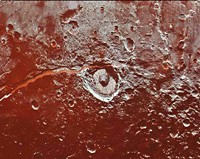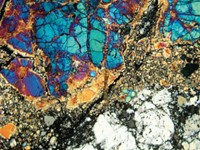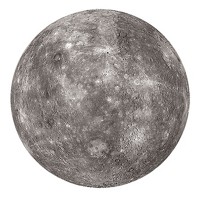Advertisement
Grab your lab coat. Let's get started
Welcome!
Welcome!
Create an account below to get 6 C&EN articles per month, receive newsletters and more - all free.
It seems this is your first time logging in online. Please enter the following information to continue.
As an ACS member you automatically get access to this site. All we need is few more details to create your reading experience.
Not you? Sign in with a different account.
Not you? Sign in with a different account.
ERROR 1
ERROR 1
ERROR 2
ERROR 2
ERROR 2
ERROR 2
ERROR 2
Password and Confirm password must match.
If you have an ACS member number, please enter it here so we can link this account to your membership. (optional)
ERROR 2
ACS values your privacy. By submitting your information, you are gaining access to C&EN and subscribing to our weekly newsletter. We use the information you provide to make your reading experience better, and we will never sell your data to third party members.
Physical Chemistry
Rethinking Comet Origins
New evidence suggests comet-forming processes may resemble those of meteorites
by Elizabeth K. Wilson
March 1, 2010
| A version of this story appeared in
Volume 88, Issue 9
A tiny comet particle recently brought to Earth by NASA’s Stardust mission was likely forged in the furnace of the inner solar system and then carried outward to the system’s icy edge. The finding, reported by a team led by Jennifer E. P. Matzel of Lawrence Livermore National Laboratory, is forcing scientists to rethink the idea that comets formed in the solar system’s outer reaches from primordial material. Rather, the researchers say, dust returned from comet Wild 2 more closely resembles meteorites. Recent studies show that much of the material from the comet Wild 2 returned by Stardust was formed at high temperatures. Now, Matzel’s radioisotope study of “Coki,” a 5-μm Wild 2 particle rich in calcium and aluminum, solidifies this new idea. The evidence for Coki’s origins comes from its lack of the radioactive isotope 26Al. The solar system’s oldest solids, known as calcium aluminum inclusions, contain 26Mg formed from the decay of 26Al—an isotope with a 730,000-year half-life that was present during the solar system’s early history. This implies that Coki formed or was last melted after the solar system’s 26Al had already decayed—at least 1.7 million years after the formation of Ca-Al inclusions.





Join the conversation
Contact the reporter
Submit a Letter to the Editor for publication
Engage with us on Twitter